
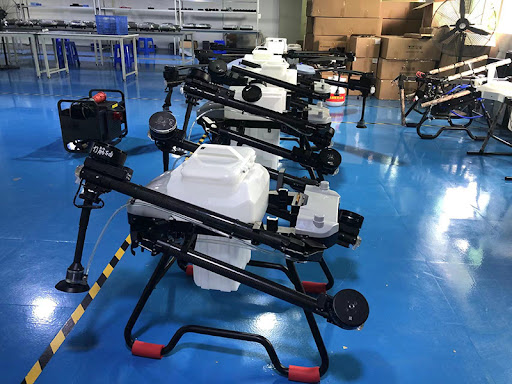
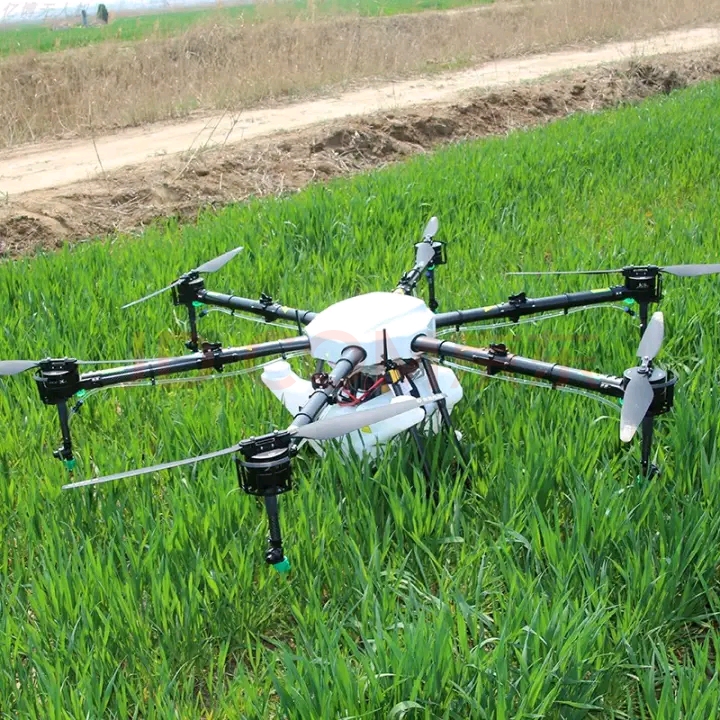
Saudi Arabia’s agricultural sector is undergoing a rapid transformation as the nation seeks to diversify its economy and ensure food security. With vast desert landscapes and water scarcity challenges, farmers and agribusinesses are turning to advanced technologies to maximize yields and conserve resources. Importing agricultural drones from China to Saudi Arabia offers an affordable, scalable solution to meet these goals through precision farming.
—
The Role of Agricultural Drones in Saudi Arabia
Agricultural drones bring automation and data‑driven insights to a region where traditional farming methods can be both labor‑intensive and resource‑heavy. Key drone applications in Saudi Arabia include:
Aerial Spraying: Uniform application of fertilizers and pesticides, reducing chemical waste and labor costs.
Crop Monitoring: High‑resolution imaging for early detection of pests, diseases, and water stress.
Soil and Field Mapping: Generation of 3D terrain models to optimize irrigation plans and field layouts.
Seeding and Planting: Precision seed distribution to improve germination rates and crop density.
—
Why Import Agricultural Drones from China?
1. Competitive Pricing with Advanced Features
China is a global leader in drone manufacturing, offering models equipped with GPS navigation, AI‑powered analytics, and robust flight controllers—all at prices that make large‑scale adoption feasible.
2. Wide Model Selection for Desert Farming
From heavy‑lift spraying platforms to lightweight reconnaissance drones, Chinese exporters supply a range of drones suited for Saudi Arabia’s sandy soils, high temperatures, and expansive farms.
3. Support Services and Customization
Many Chinese drone providers include remote training modules, multilingual manuals, and firmware updates—helping Saudi operators integrate drones seamlessly into existing farm management systems.
—
Key Steps to Import Agricultural Drones into Saudi Arabia
1. Verify Regulatory Compliance
Register drones with the General Authority of Civil Aviation (GACA).
Obtain import permits and ensure adherence to aviation safety standards.
2. Partner with Experienced Logistics Providers
Choose freight forwarders familiar with high‑value technology imports.
Prepare accurate documentation to expedite customs clearance and reduce tariffs.
3. Arrange Local Training and Maintenance
Organize workshops on flight operation, safety protocols, and maintenance routines.
Establish relationships with certified technicians for timely repairs and spare parts.
4. Implement Pilot Programs
Start with small‑scale trials on representative crops—such as date palms, wheat, or greenhouse vegetables—to validate performance and ROI.
Collect data to refine drone flight plans and chemical application rates.
—
Market Outlook for Precision Farming in Saudi Arabia
The Saudi government’s Vision 2030 initiative emphasizes sustainable agriculture and technological innovation. Subsidies for water‑saving techniques and digital tools are accelerating drone adoption. As more pilot projects demonstrate cost savings and yield improvements, large‑scale deployment of agricultural drones is poised to reshape the Kingdom’s farming landscape.
—
Conclusion
Importing agricultural drones from China to Saudi Arabia represents a forward‑thinking investment in the country’s agricultural future. By leveraging precision spraying, real‑time monitoring, and data‑driven field management, Saudi farmers can overcome environmental challenges, reduce resource consumption, and enhance crop productivity. With proper regulatory compliance, logistics planning, and operator training, agricultural drones will play a pivotal role in the Kingdom’s journey toward smart, sustainable farming.

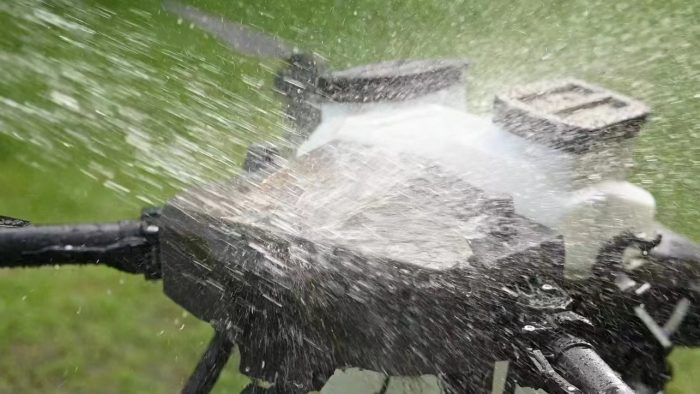






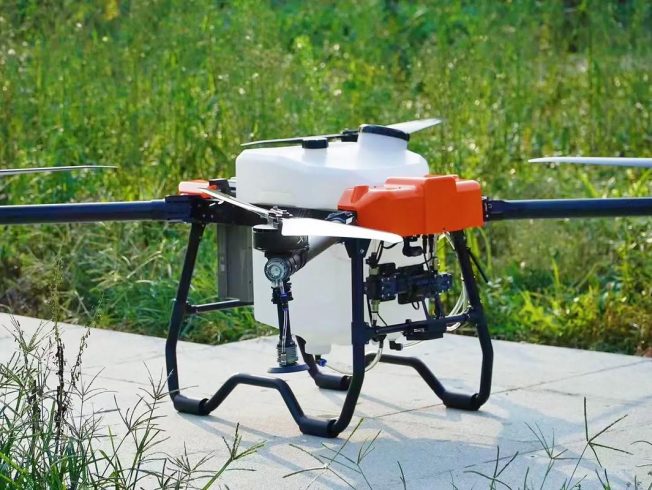
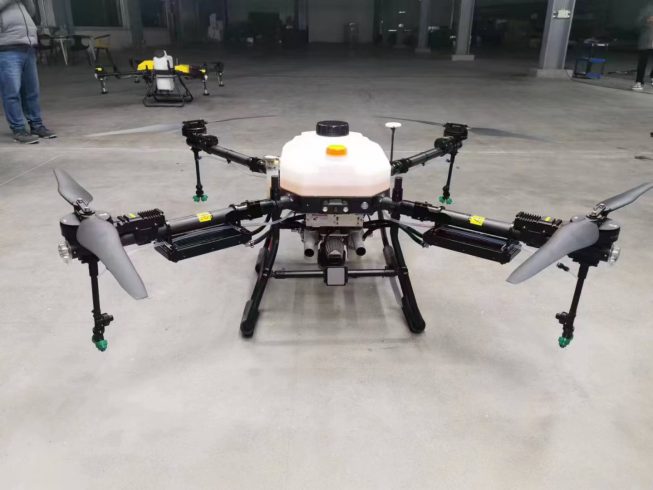
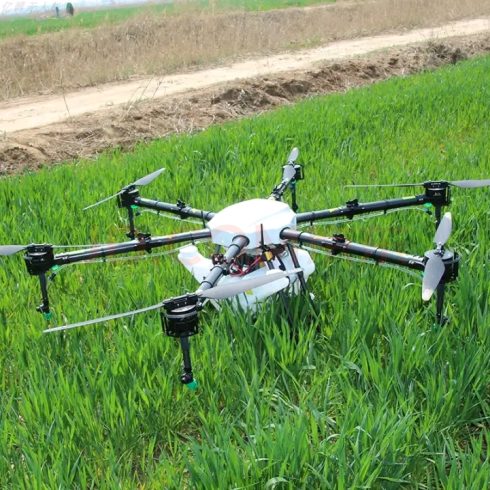

暂无评论内容